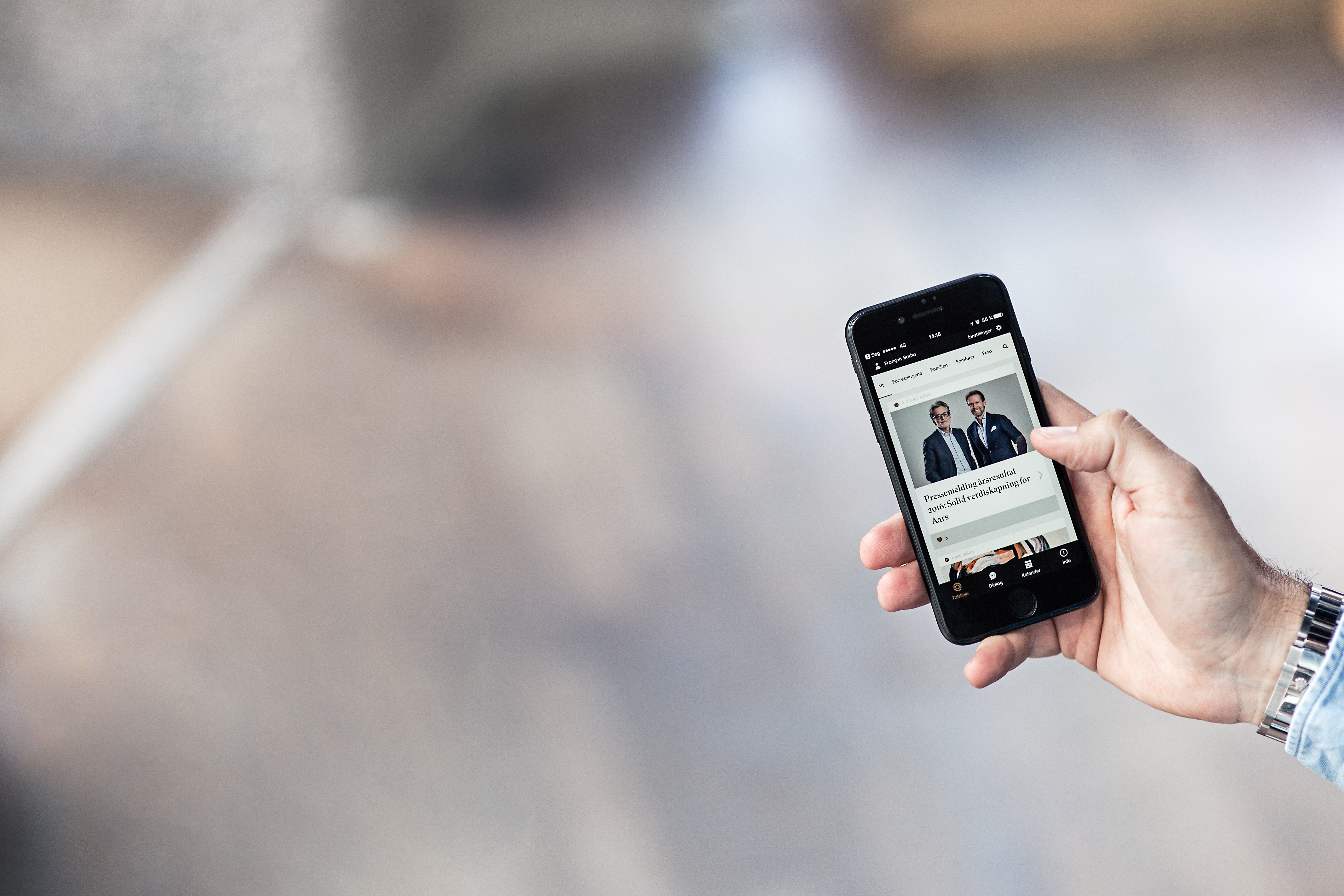These numbers will make you consider mobile first.

Jon Carr-Harris
about 10 years ago

As smartphones get more powerful and useful, people become more comfortable reaching for their phones before their PCs. This is reflected in the habits of the general population, where the balance of content consumption has tipped in favour of mobile. It has become crucial for media companies to produce content that is mobile-friendly and mobile-first to reflect changing consumer behaviour.
Here are the statistics that show the clear shift from desktop to mobile.
US Time Spent on Digital Media by Platform
Highlights
- Consumers spent more time (51%) consuming digital media through mobile in June 2013.
- Total media consumption is up 98% compared to 2010, showing that mobile is not a zero-sum game.
Some of the world's largest Internet companies that initially became popular because of PCs have transitioned to become mobile companies. Users want to be connected everywhere they go and having a strong mobile experience has become central to these companies' continuing success, more so than the PC experience. They face stiff competition for user attention from mobile-only companies such as Snapchat.
Mobile Usage for Internet Giants
Highlights
- Facebook (53%) and Twitter (75%) make the majority of their revenue from mobile.
- YouTube mobile traffic is 40%, up from 6% in 2011.
The shift is very clear for these Internat giants where more than half of their service usage is done through mobile devices.
Device Shipments
- Mobile Phone shipments accounted for 1.8 million or 78% of 2.3 million total shipments across PC, Tablet, Mobile Phone, and Other Ultramobiles
- PC shipments fell 12% from 341k shipments in 2012 to 299k shipments in 2013
*Source: http://www.gartner.com/newsroom/id/2645115*
Market Share
- Global: Android's Q3 2013 global shipments market share was 81.0% compared to iOS' 12.9%
- USA: Android's Nov 2013 USA subscriber market share was 51.9% compared to iOS' 41.2%
*Source: http://www.idc.com/getdoc.jsp?containerId=prUS24442013, http://www.comscore.com/Insights/Press_Releases/2014/1/comScore_Reports_November_2013_US_Smartphone_Subscriber_Market_Share*
Internet Giants
- Facebook's mobile MAU are 77% of total, with 24% being mobile-only MAU (88.5% growth over 2012). They also make 53% of revenue from mobile.
- Twitter's mobile MAU are 76% of total. They also make 75% of revenue from mobile.
- Pinterest receives 75% of traffic from their mobile apps.
- YouTube receives 40% of traffic from mobile, up from 6% in 2011.
- Yahoo and LinkedIn both expect mobile users to surpass desktop users in 2014.
Online Shopping (Christmas Day 2013)
- Mobile Traffic and Sales: "Mobile traffic was the highest we've seen over this holiday season, accounting for 48% of all online traffic, up 28.3% compared to the same period last year. Mobile sales also remained strong, approaching 29% of all online sales, up 40% over 2012."
- iOS vs. Android: "As a percentage of total online sales, iOS was more than five times higher than Android, driving 23% vs. 4.6% for Android. On average, iOS users spent $93.94 per order, nearly twice that of Android users, who spent $48.10 per order. iOS also led as a component of overall traffic with 32.6% vs. 14.8% for Android."
*Source: http://www-01.ibm.com/software/marketing-solutions/benchmark-hub/dec26.html*
Developer Revenue
- Mobile Ad Revenue: Developers make $0.77 on Android for every $1 on iOS
- In-App Purchases: Developers make $0.24 on Android for every $1 on iOS
Terminology
- Native: iOS app written in Objective-C, Android app written in Java. The app is available for download through the respective app stores.
- Web: Website written in HTML5 but stylistically modified to look good on mobile devices. You can view it by opening a browser such as Chrome or Safari. Also referred to as responsive web or a web app.
- Hybrid: iOS/Android app written in Objective-C/Java with some views displaying HTML5 webpages. The app is available for download through the respective app stores.
An extreme version of the hybrid option involves taking a HTML5 website and "wrapping" it with the bare minimum native code. Essentially, the app is displaying a website. This allows for the app to be available for download through the respective app stores. This is what Facebook initially used to develop their apps and what Mark Zuckerberg called the "biggest mistake" that they made as a company (*http://techcrunch.com/2012/09/11/mark-zuckerberg-our-biggest-mistake-with-mobile-was-betting-too-much-on-html5/, http://www.forbes.com/sites/jjcolao/2012/09/19/facebooks-html5-dilemma-explained/*).
Marketing & Visibility
- This is a very helpful slide deck from Business Intelligence exploring HTML5 vs Native Apps.
*Source: http://www.businessinsider.com/html5-vs-native-apps-for-mobile-2013-6?op=1*
- "Compared to those browsing websites, however, the app sessions are 3-4x longer. Consumers use the average smartphone apps more than twice as often as they visit the typical mobile website. All combined, the app usage outpaces mobile web visits by an average of 100 minutes per month."
*Source: http://blogs.adobe.com/digitalmarketing/digital-index/are-mobile-app-users-more-loyal/*
- "Mobile devices now consistently over half of US time online, with apps set to overtake desktop usage by year end"
*Source: https://twitter.com/IanMaude/status/422889904662532096/photo/1*
It's hard to overstate the importance of a strong mobile presence for any business considering that they comprised 78% of total device shipments in 2013. Mobile traffic grew 28.3% this holiday season to 48% of all online traffic, while mobile sales grew 40% to 29% of all online sales.
While Android's global shipments market share of 81% makes for great attention-grabbing headlines, the reality is that most of these shipments are outside developed countries. For example, iOS market share in the US at 41.2% grew at a faster rate than Android's share of 51.9%.
On Christmas Day 2013, iOS users comprised a far larger part of total online sales (23.0% vs 4.6%), average order size ($93.94 vs $48.10), and overall traffic (32.6% vs 14.8%).
Finally, developer revenue through in-app purchases on Android is only $0.24 for every $1 on iOS. These figures demonstrate that is far more profitable for companies to be on iOS than Android, especially when it comes to in-app purchases.